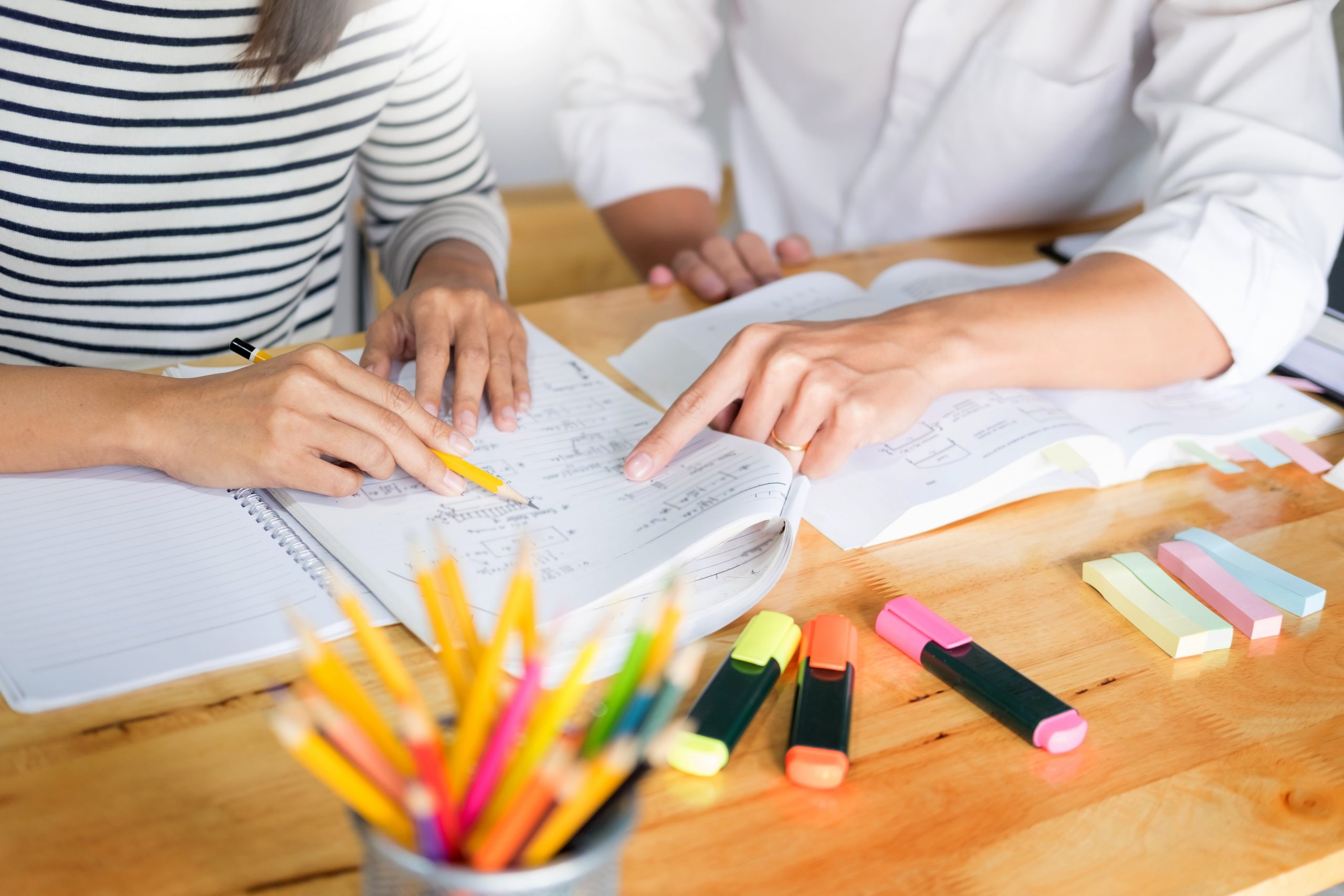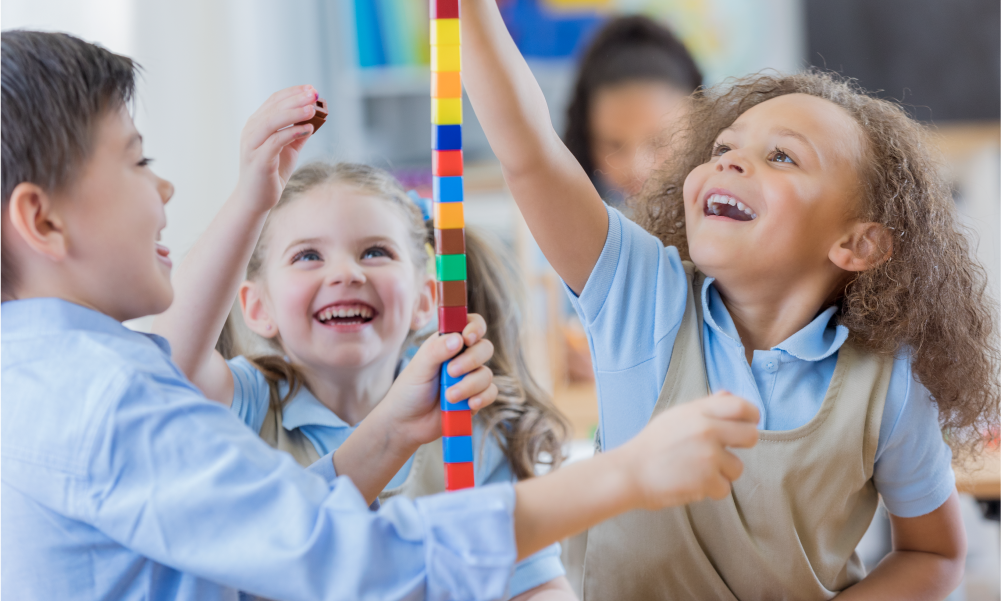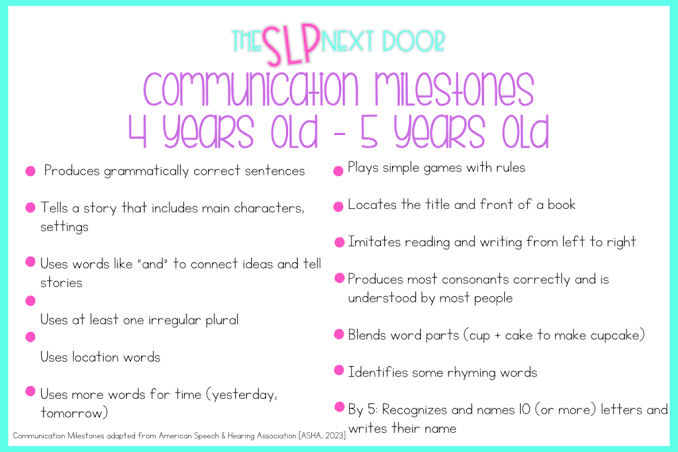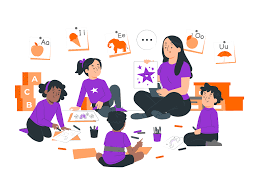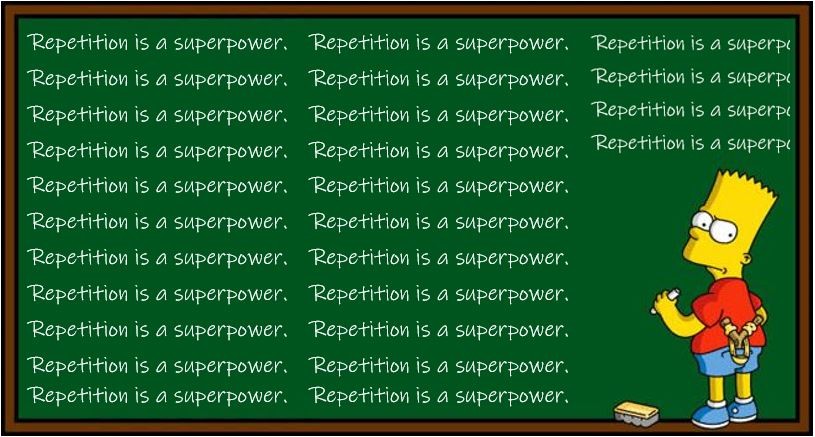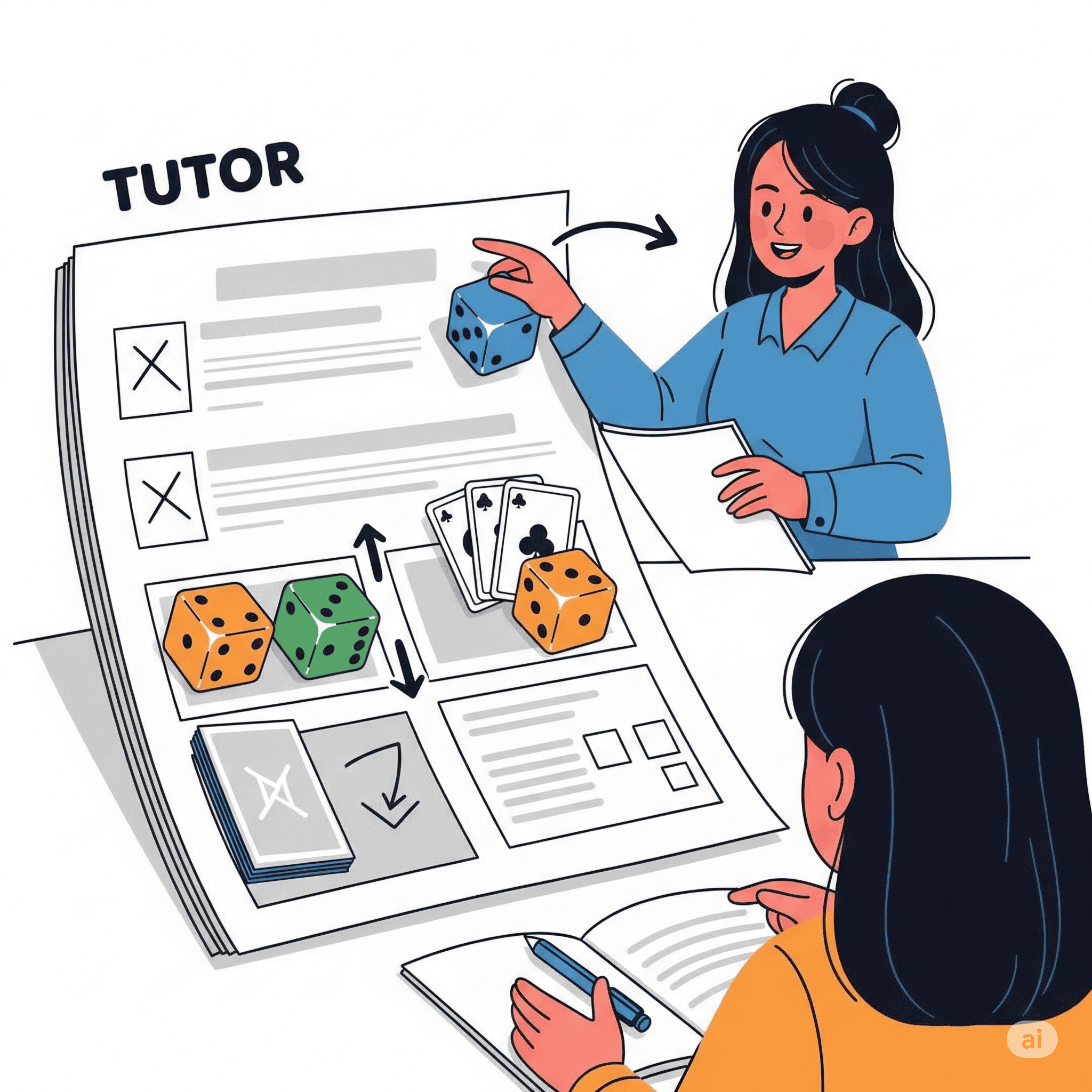
Some topics in primary tutoring, for maths particularly, need to be revisited over and over. This includes basic operations (multiplication, addition, subtraction, division) word problems, or algorithm strategies. They’re often simple in our heads as tutors, but for students, they can be the things that slip away the quickest. That’s why I try to make repetitive practice more engaging, especially during end-of-term review sessions.
One of the ways I do this is by turning the termly quiz into a game show-style challenge. I usually start with a Twinkl end-of-term quiz (they’re aligned with the curriculum and easy to adapt), then split the questions into different themed “rounds” – a bit like sections of a real quiz show. There might be a speed round, a problem-solving round, a worded problem round, or even a head-to-head buzzer-style segment where we take turns answering (make the titles of the rounds unique & fun for them though). I let the student ‘verse’ me, which they always find entertaining, and I adjust the difficulty to suit their level.
I also use UNO cards for maths practice. For younger students or when we’re drilling number fluency, I split the deck in two and we each pull a card. Then, I’ll ask them to add, subtract, multiply or divide the two numbers. Power cards are worth trickier numbers to increase difficulty. We turn it into rounds too e.g. “Speed Round” for quick recall, then a challenge round where I give them algorithm-based problems like 2-digit × 1-digit or 2-digit × 2-digit.
Sometimes I go a step further and print out custom number cards with their favourite things — jerseys, horse names, dog breeds — whatever they’re into. It sounds small, but they get excited about using something that feels personal to them.
The goal is to make revision feel like something they want to do, not something they have to do. It keeps them engaged and helps cement those skills in a way that worksheets alone just can’t.
Briana Vaz



